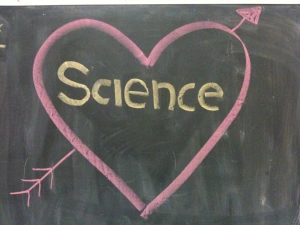SIMILAR EMBRYOS
Some of the oldest evidence of evolution comes from embryology, the study of how organisms develop. An embryo is an animal or plant in its earliest stages of development. This means looking at a plant or animal before it is born or hatched. Centuries ago, people recognized that the embryos of many different species have similar appearances. The embryos of some species are even difficult to tell apart. Many of these animals do not differ much in appearance until they develop further.
Some unexpected traits can appear in animal embryos. For example, human embryos have gill slits just like fish! In fish they develop into gills, but in humans they disappear before birth. The presence of the gill slits suggests that a long time ago humans and fish shared a common ancestor.
The similarities between embryos suggests that these animals are related and have common ancestors. For example, humans did not evolve from chimpanzees. But the similarities between the embryos of both species suggest that we have an ancestor in common with chimpanzees. As our common ancestor evolved, humans and chimpanzees went down different evolutionary paths and developed different traits. (Information for this page sourced verbatim from: http://www.ck12.org/book/CK-12-Life-Science-Concepts/r14/section/4.5/)
Jump to:
Fossil Evidence
Embryology
Vestigial Structures
Homologous Structures
DNA



